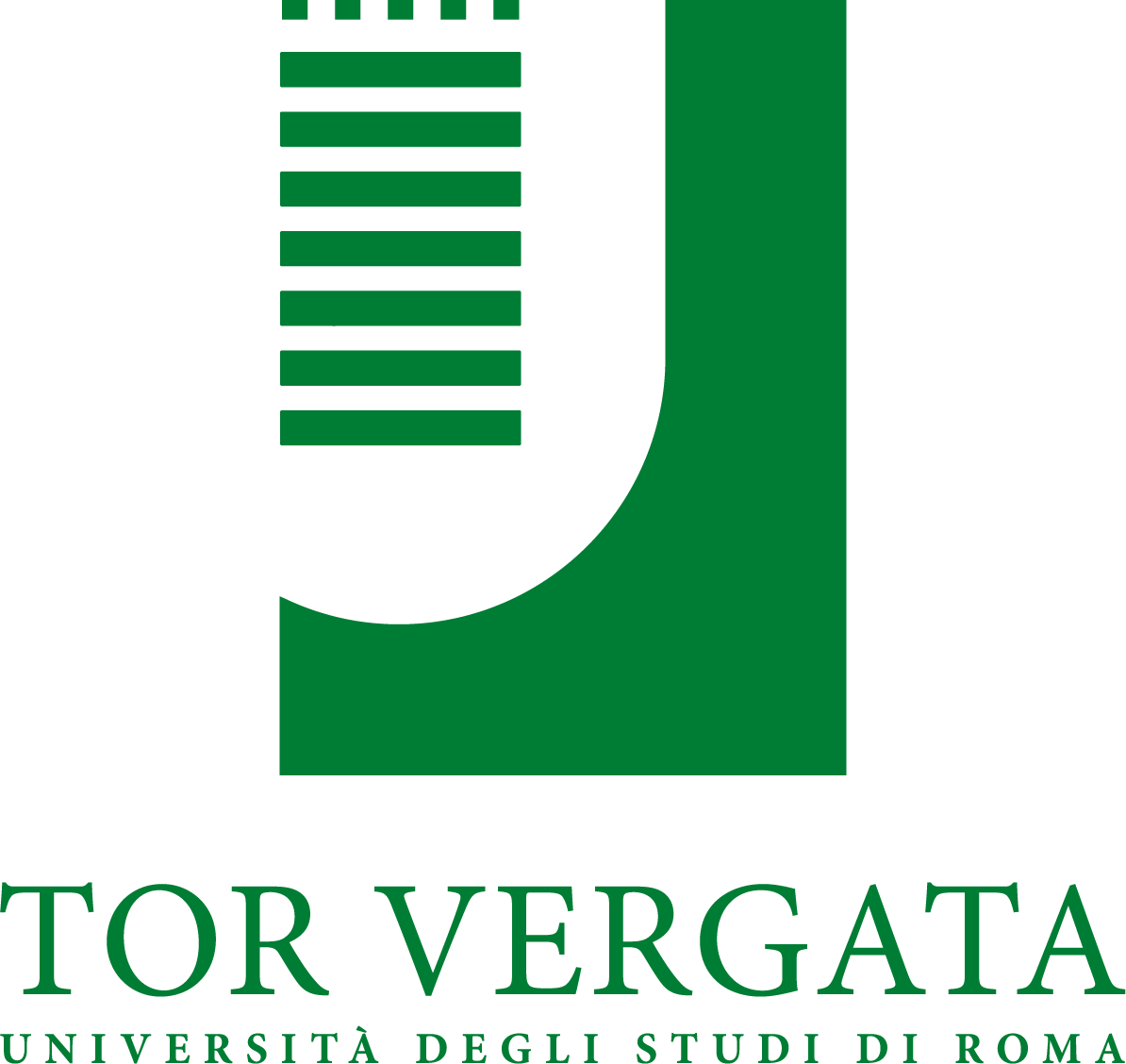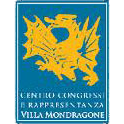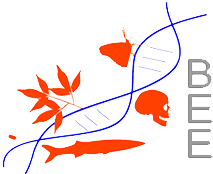FOOD, ENVIRONMENT AND ENVIRONMENTAL CONTAMINATION ![]()
Luciana Migliore1 e Gianfranco Brambilla2
1 Università di Roma Tor Vergata
1 Istituto Superiore di Sanità, Roma
Abstract
Environmental contamination, globalization and food production are closely related, they generate new scenarios and should therefore be evaluated in a multidisciplinary approach to identify solutions that enable access to food to the world population in a safe and sustainable way.
Food production is shifting towards new “production chains” of marketing and propensity to consumption, which reflect changes in cultural, demographic, socio-economic, and environmental issues, including the sustainability policies.
The demand for “safe” food, reinforced by the health measures taken after the BSE and dioxin contamination scandals, is still very strong with regard to GMOs and pesticides. Now this demand is repositioning towards the certification of the sustainable use of natural resources, animal welfare and some aspects related to the ethical purchasing (the short chain, in which georeferencing of the production site has great relevance). At the same time, environmental contamination is growing – particularly in the newly industrialized countries – and it causes large-scale changes that reverberate on food production, i.e. the alteration of the water cycle as a result of global warming.
Globalization, together with the progressive establishment of a multi-ethnic society, is also proposing new eating habits, not always grasped by the consumer surveys, i.e. insects breeding and sale as a cheap protein food source.
Hence, new scenarios are going to be created and they require constant updating, to update the risk-benefit assessments and identify solutions that will provide access to food to the world population in a safe and sustainable way. Four scenarios are reported below.
Scenario #1: the food production in compromised environmental conditions can result in high level of food contamination. This is the case of contaminated agricultural lands used for grazing or capture fisheries, or air contamination responsible of chemical depositions on fodder plants. The contamination level in these cases may be unacceptable for chronic dietary intake, according both the reference limits by law and the guide values for dietary exposures, the Tolerable Daily Intake. This is the case of coastal human populations in Japan, where the consumption of fish stocks has led to over-exposure to mercury in its various forms (Minamata syndrome).
Scenario #2: the politics of environmental sustainability involve the recover of water and organic carbon from municipal wastewater. This imply a greater environmental pressure of specific contaminants in the agricultural environments, the so-called PPCP (Pharmaceuticals and Personal Care Products, particularly drugs), through the use of compost and water produced by the urban wastewater treatment plants. These contaminants are responsible of the alteration of microbial communities structure and composition (eg. fungi vs bacteria) and the emergence of drug resistance. This is the case of the spreading of infectivity attributable to the dietary exposure to agents of strict anthropogenic origin.
Scenario #3: climate change that will lead to periods of prolonged drought, resulting in over-exploitation of water resources. Where irrigation will be reduced due to availability and cost, there is a risk of generating stress in crops. In such a scenario may be possible the gradual increase of mycotoxin contamination in plant foods (eg. corn) due to the increased susceptibility of plants to fungal attack.
Scenario #4: the use of plant biomass for the production of renewable energy in competition with animal feed production lead to a gradual incorporation of the bioethanol and biodiesel by-products as animal food. This may cause the introduction of new contaminants from these industrial processes in animal husbandry. Their use is favored by both the progressive decrease of agricultural areas for food production, and from the costs of the by-products, lower than those of feed and forage crop.





Università di Tor Vergata